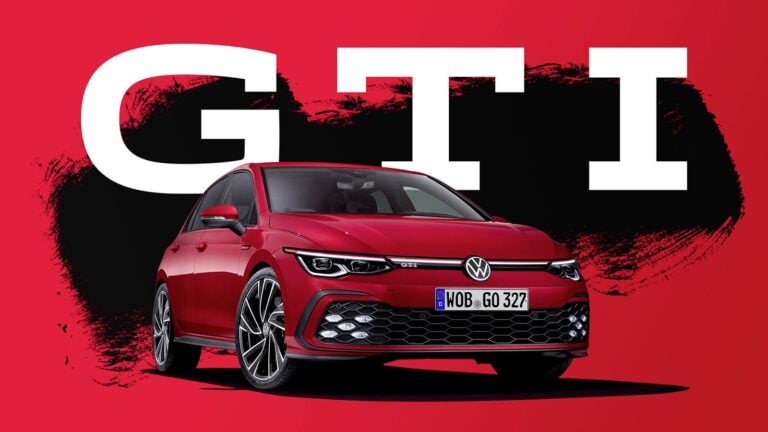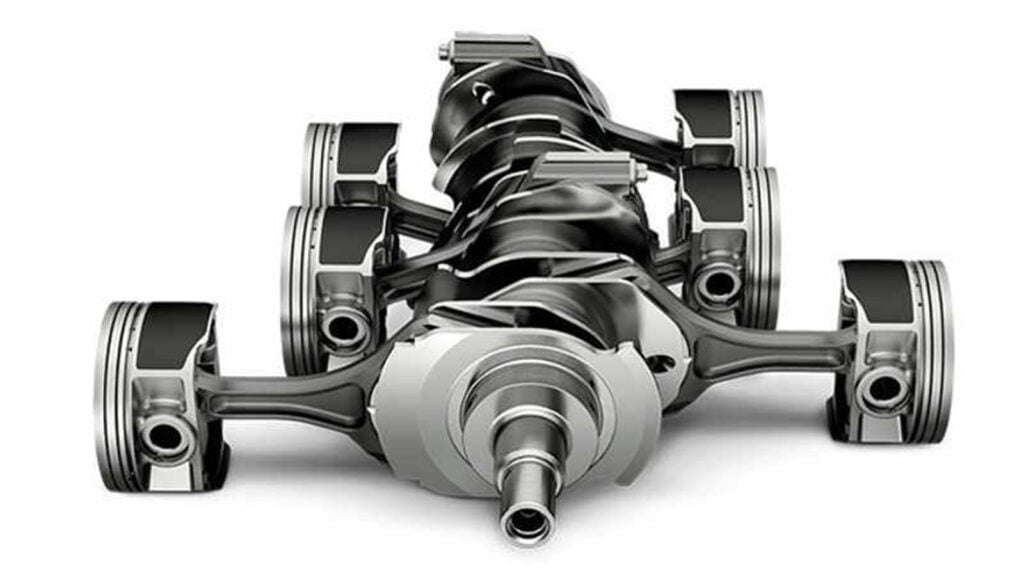
Among the legendary engines that have permeated through the automobile industry, the flat-six, or Boxer, engine is among the more unique engine layouts out there. The flat-six engine is a six-cylinder engine that has a flat or horizontally opposed configuration, meaning the cylinders are arranged in two rows of three cylinders that are on either side of a central crankshaft. This design is known as a boxer engine because of the way the pistons move in and out like the arms of a boxer throwing punches. The flat-six engine is famously used in sports cars, racing vehicles, and aircraft due to its compact size, low center of gravity, and exceptional handling.
What is a Flat-Six Engine?
As previously stated, a flat-six engine is a six-cylinder engine that has a flat or horizontally opposed configuration. The cylinders are arranged in two rows of three cylinders that are on either side of a central crankshaft. This design is unique because it creates a low center of gravity, which improves the handling and stability of the vehicle, and its well suited for air-cooling.

Source: Wikimedia Commons
The flat-six engine’s unique design provides several benefits over other engine types. For example, it is compact, which makes it easier to fit into smaller spaces than other engines with the same number of cylinders. This is particularly important in sports cars, where weight and size are critical factors for performance. The compact size and low center of gravity also make it ideal for racing vehicles, where handling and stability are essential.
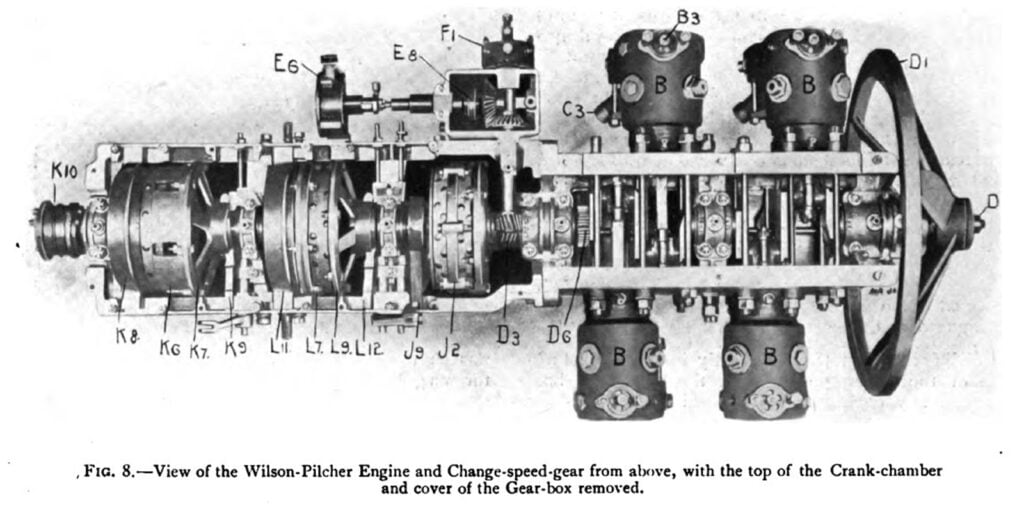
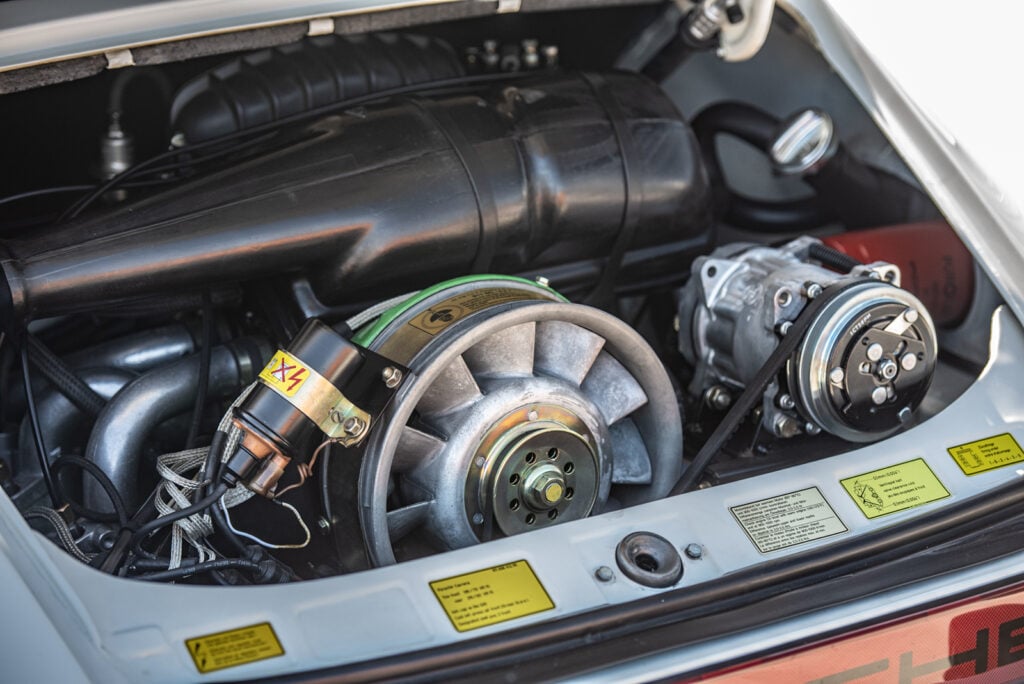
However, the flat-six engine does have its disadvantages. It tends to be a more complicated engine when compared to a “V” or in-line engine layout. This means there are more parts needed to produce the engine, which in turn drive up the cost of manufacturing. Additionally, where the engine saves space in terms of its length, it makes up for it in its width, meaning it can possibly limit the maximum steering angle when mounted to the front of a vehicle.
The Flat-Six Engine on the Road
The history of the flat-six engine dates back to the early 20th century, when the first production flat-six engine, the Wilson-Pilcher 18/24 HP car, was built in 1904.

In the 1960s, the flat-six engine was used in the Chevrolet Corvair, a sporty car designed in response to the Volkswagen Beetle. The Corvair engine was a rear-mounted, air-cooled engine called the Turbo-Air 6 that produced up to 180 horsepower. Despite its unique design and impressive performance, the Corvair was eventually discontinued due to concerns about its safety and handling.
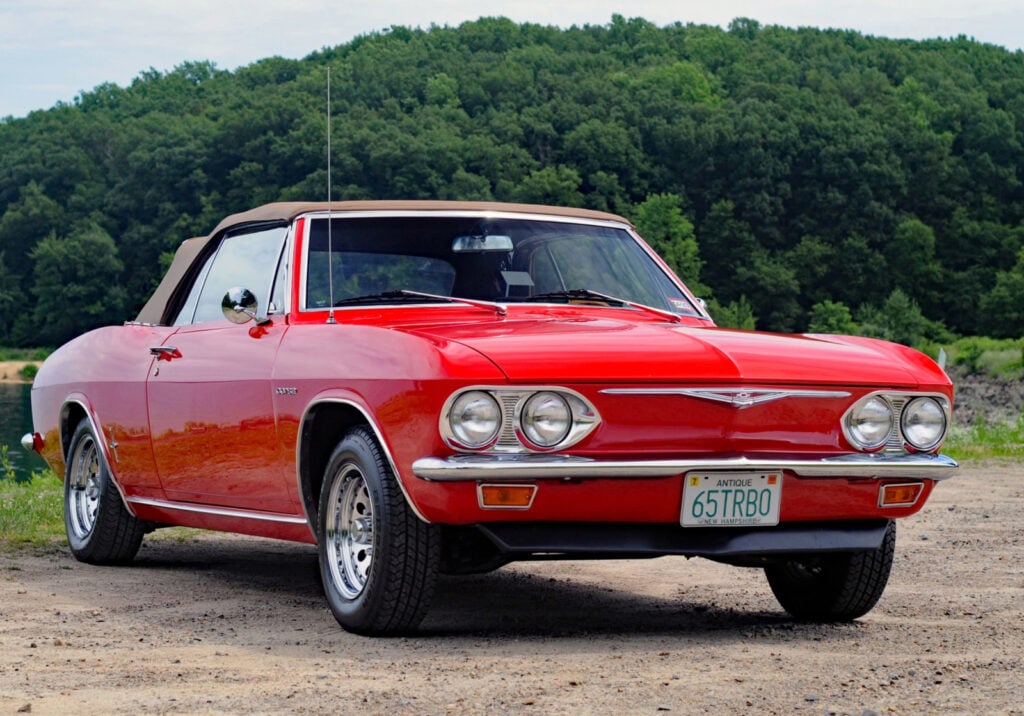
Source: Bring-A-Trailer

The Porsche 911 is perhaps the most famous example of a car that has used a flat-six engine. The first Porsche 911 was introduced in 1964 and was powered by a 2.0-liter flat-six engine that produced 130 horsepower. Over the years, the Porsche 911 has been powered by a range of these engines, with displacement ranging from 2.0 liters to 4.0 liters and horsepower ranging from 130 to 700.
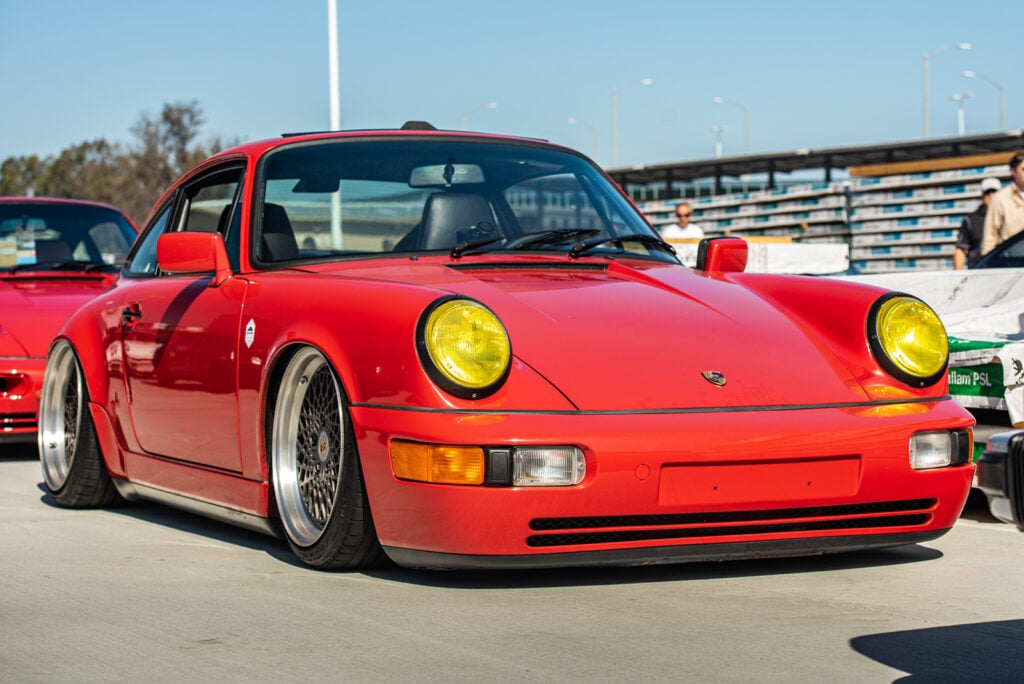
Source: Motofutura
Today, the Porsche 911 is still one of the most popular sports cars in the world, and its flat-six engine is one of its most defining features. Porsche has continued to use the engines in its sports cars ever since, and although they are no longer air-cooled, they have become synonymous with the brand.
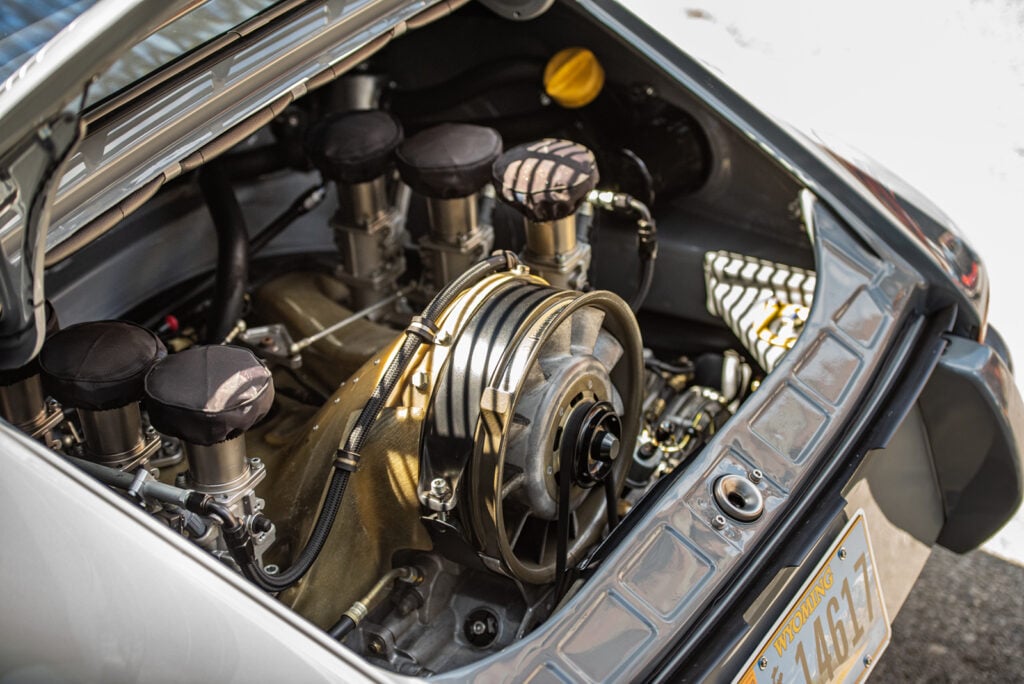
Although Subaru is best known for its water-cooled flat-four engines found in the WRX and Impreza, Subaru also made use of flat-six engines in their line-up at one point. The first was the ER27 engine which went into production in 1987. The ER27 was the only water-cooled flat six engine available at the time, powering the Subaru Alcyone VX, or XT6 as it was known in the US market. Its successor, the EG33, was available in the Subaru SVX. More recently, the EZ30 and EZ36 engines were available on the Subaru Legacy and Subaru Outback.

Source: Bring-A-Trailer
The flat-six engine is a unique and innovative design that has been used in a range of sports cars, racing vehicles, and even aircraft. Its compact size, low center of gravity, and exceptional handling make it an ideal choice for performance vehicles. The history of the flat-six engine dates back to the early 20th century, and it has been used in a range of vehicles over the years. The Porsche flat-six engine is perhaps the most famous example, and it has become synonymous with the brand. Overall, the flat-six engine is an impressive engineering feat that has revolutionized the performance vehicle industry.



